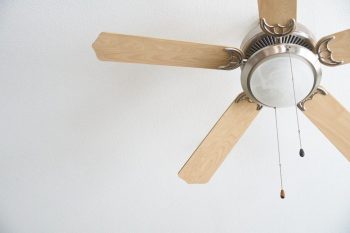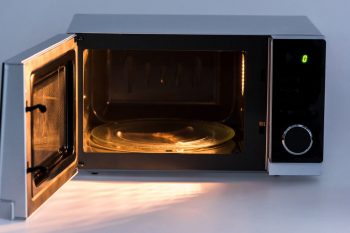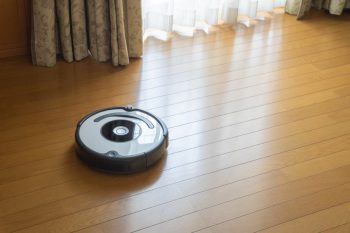
Choosing the right dehumidifier for your home is crucial for maintaining a comfortable and healthy living environment. However, sizing a whole house dehumidifier involves more than just picking the biggest model on the shelf. In this comprehensive guide, we’ll take you through the steps of how to size a whole house dehumidifier, the factors to consider, and the consequences of choosing a dehumidifier that is too large or too small for your home.
To size a whole house dehumidifier, you need to consider the size of your home, the level of humidity, the condition of your home’s foundation, and the temperature inside your space. Measure the square footage of your home and match it with the capacity of the dehumidifier, rated in pints of moisture removed per day. Also, consider the climate and geographical location of your home. It’s advisable to consult with a professional HVAC technician to ensure you choose the right size dehumidifier for your specific needs.
Understanding Whole House Dehumidifiers
A whole house dehumidifier is an appliance designed to control high indoor humidity levels throughout your entire home. It is typically installed as an add-on to your HVAC system and uses the existing ductwork, similar to your central air conditioner and forced air furnace. The main purpose of a whole-house dehumidifier is to remove excess moisture from the air, improving your health, comfort, and protecting your home from potential dangers such as mold, mildew, rot, and pests.
Why Sizing Matters?
Sizing a whole house dehumidifier is important for several reasons. An appropriately sized dehumidifier ensures that it can effectively reduce the humidity levels in your home, preventing issues such as mold, mildew, and allergens. A dehumidifier that is too large for your space may consume more energy and take up unnecessary floor space, while one that is too small might not be able to adequately decrease moisture levels.
How to Determine the Right Size?
To determine the right size for your whole house dehumidifier, consider the following factors:
- Size of the space: Measure the length and width of the area you want to dehumidify to calculate the square footage.
- Moisture levels: Dehumidifiers are categorized by their total moisture removal capacity, rated in pints of moisture removed per day (24-hour period). Match the square footage of your space to the humidity conditions in your room to find the appropriate capacity.
- Air infiltration and foundation condition: Classify your whole home, crawl space, or basement based on air infiltration and the condition of your foundation. This will help you choose a dehumidifier that is best suited for your home.
- Temperature inside the space: The temperature inside the space can affect the performance of the dehumidifier. Some dehumidifiers work better in warmer temperatures, while others are designed for colder environments.
Consequences of Choosing Incorrect Size Dehumidifier
Choosing a dehumidifier that is too large or too small for your home can lead to several consequences such as ineffectiveness, higher energy costs, and noise. A dehumidifier that is too large for your space will consume more electricity than necessary, leading to higher energy bills. On the other hand, a dehumidifier that is too small for your space will not effectively reduce moisture levels, leaving your home damp and potentially promoting mold growth.
Climate and Geographical Location Impact
The climate and geographical location of your home can significantly impact the sizing of your dehumidifier. The level of humidity in your area will determine the capacity of the dehumidifier you need. Higher humidity levels require a dehumidifier with a higher pint capacity to effectively remove moisture from the air.
Tips and Tricks for Maintaining a Whole House Dehumidifier
To maintain a whole house dehumidifier effectively, follow these tips and tricks:
- Review your owner’s manual for specific maintenance requirements.
- Properly place your dehumidifier to ensure enough room for air to flow freely.
- Clean the condensate bucket frequently to prevent mold and mildew growth.
- Check and clean the fan blades regularly.
- Inspect and replace filters at least once a year for optimal performance.
By following these guidelines, you can ensure that your whole house dehumidifier operates effectively and efficiently for its size.
Remember, choosing the right size dehumidifier is crucial for maintaining a comfortable and healthy living environment. It’s always a good idea to consult with a professional HVAC technician to ensure you choose the right size dehumidifier for your specific needs.
Frequently Asked Questions
What is the typical lifespan of a whole house dehumidifier?
The lifespan of a whole house dehumidifier can vary depending on the brand, usage, and maintenance. However, with proper care, most dehumidifiers can last between 3 and 5 years.
How much does it cost to run a whole house dehumidifier?
The cost of running a whole house dehumidifier depends on factors such as the size of the unit, the initial cost of the dehumidifier, energy rates, and how often it’s used. On average, it can cost between $30 and $50 per month to run a dehumidifier.
Can a whole house dehumidifier be used in a basement or crawl space?
Yes, a whole house dehumidifier can be used in a basement or crawl space. In fact, these are areas where a dehumidifier can be very useful due to their tendency to have higher humidity levels.
What is the ideal humidity level for a home?
The ideal humidity level for a home is typically between 30% and 50%. This range helps to keep your home comfortable and reduce the risk of mold and mildew growth.
How often should I clean my whole house dehumidifier?
Ideally, you should clean your whole house dehumidifier at least once every season. This includes cleaning the condensate bucket and fan blades, and replacing the filters. However, check your owner’s manual for specific cleaning instructions for your model.












